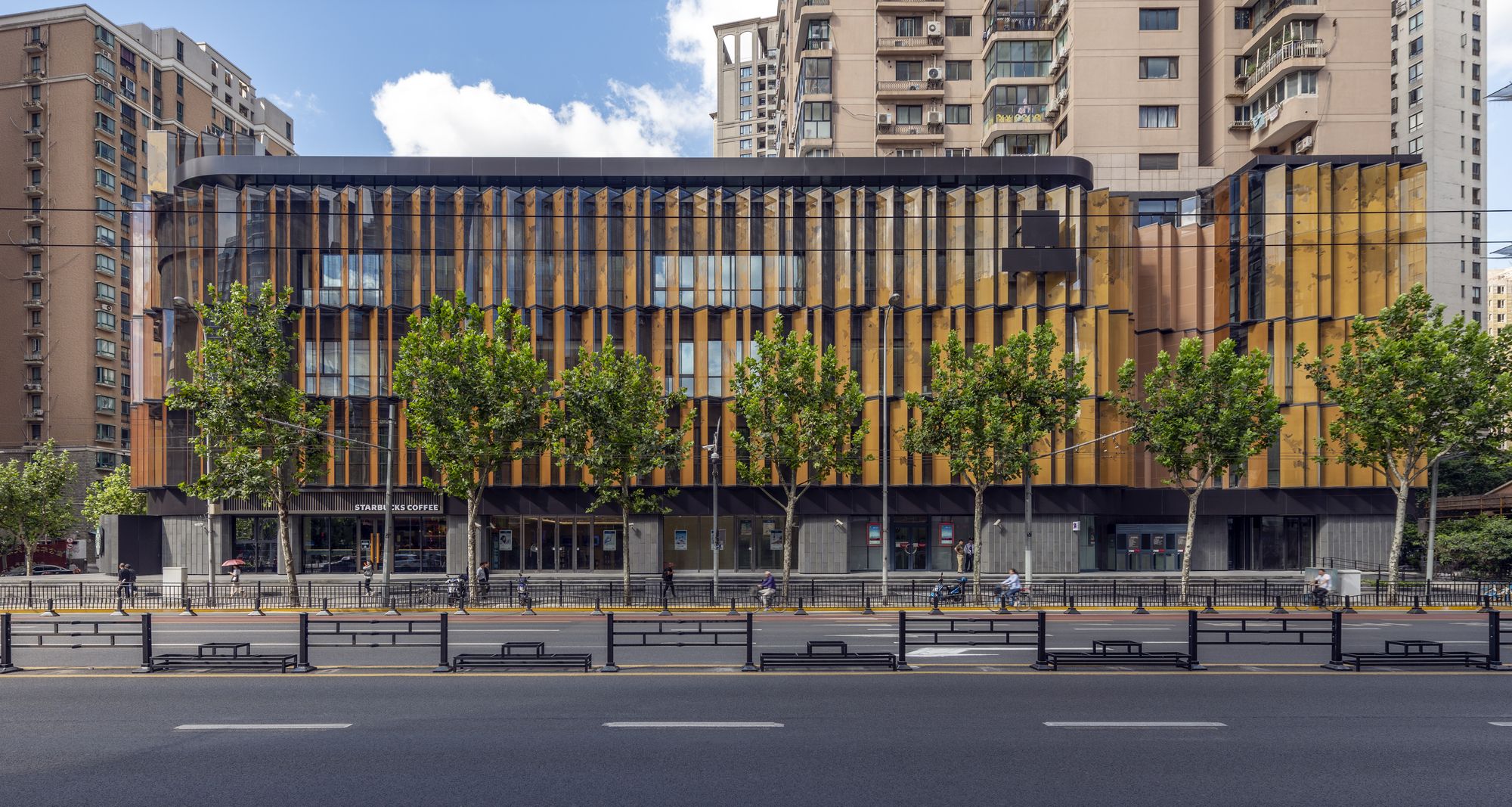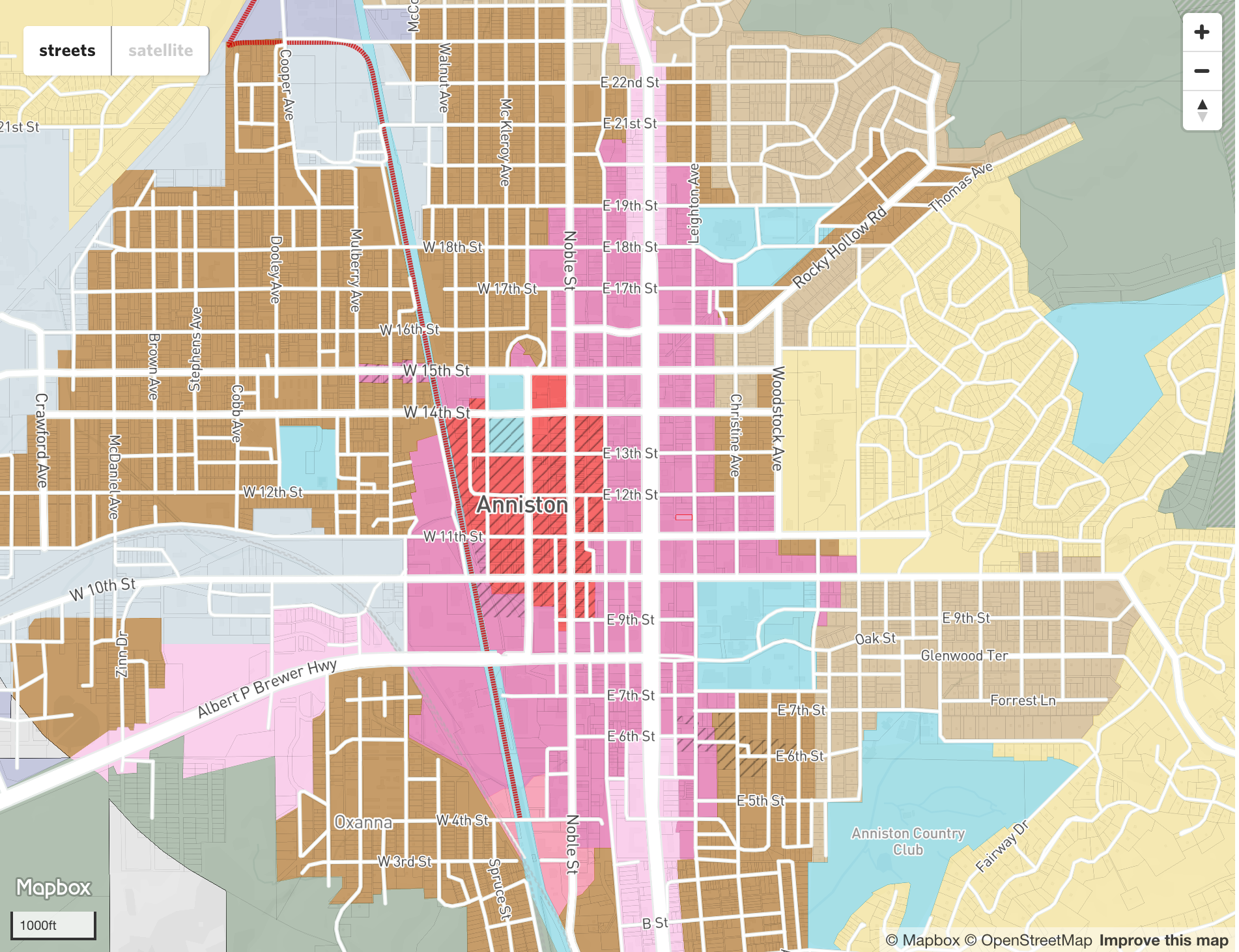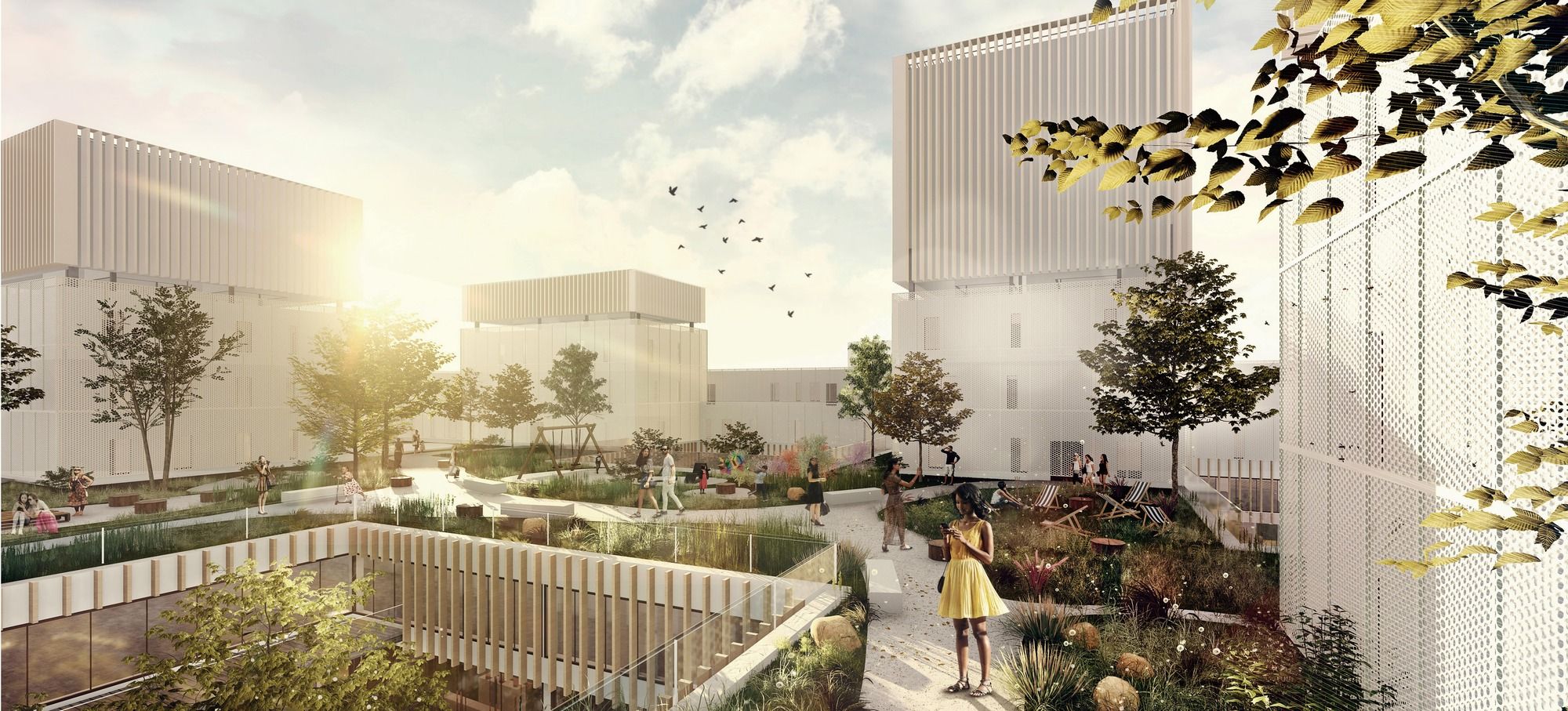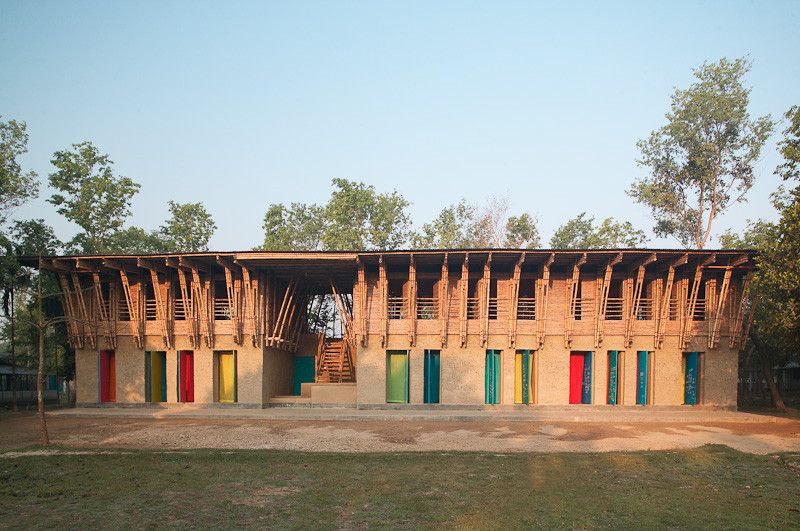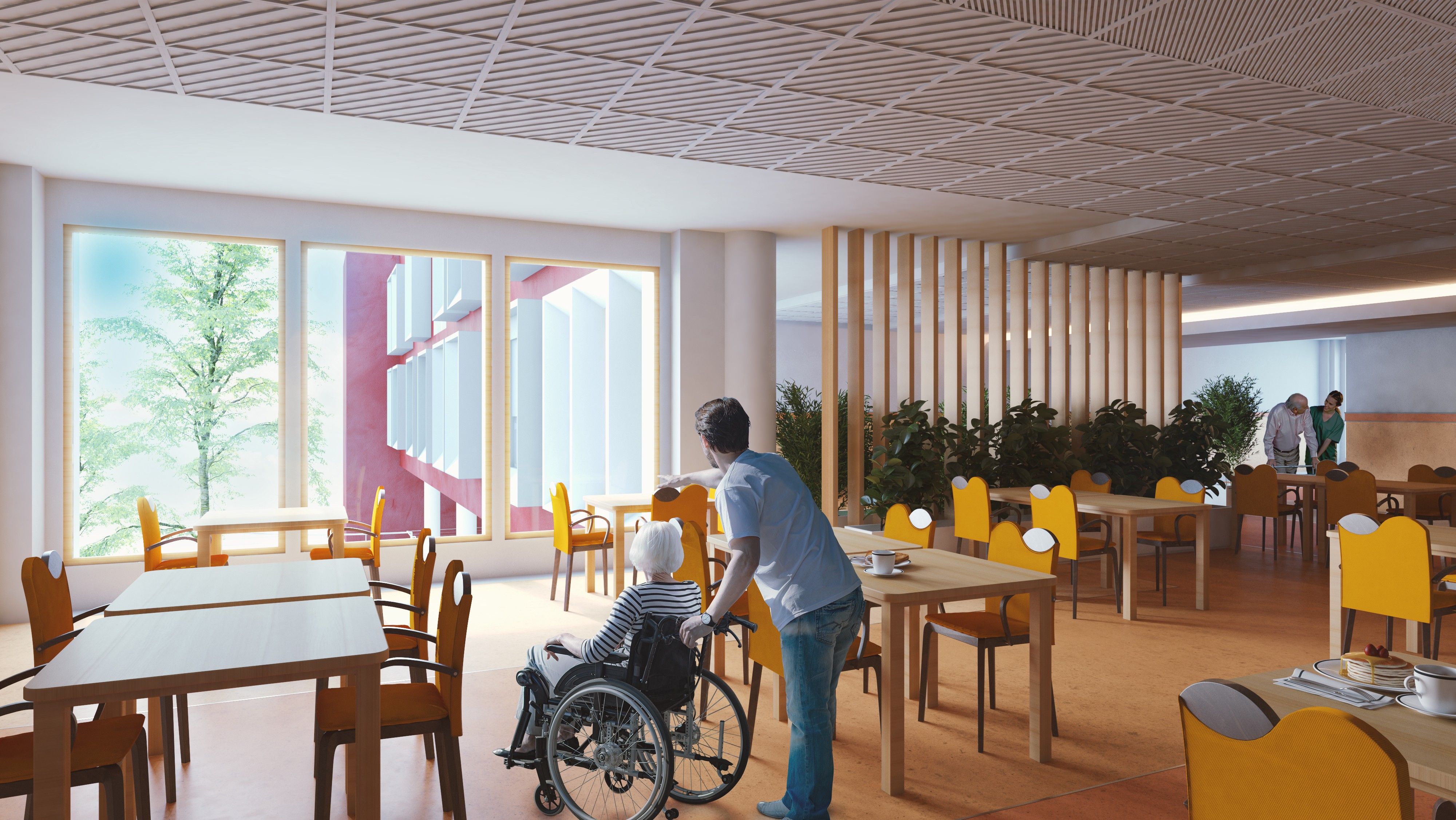Nowadays, architecture critics frequently ignore how “humane” the building is. That is to say, they usually overlook its user-friendly aspects and focus merely on the form. Their highly influential critique reports have consequently diverted the attention of regular architects toward building systems and massing, away from shaping human experience.
In the middle of all this, there is YOU, whose top priority is to change people’s lives for the better. Maybe you started out by Looking for Ways to Improve Your Architecture Studio or your own room, and you just can’t experience a space without thinking about how to make it better. Perhaps, you did not receive enough guidance on how you, as an architect, can contribute to solving human problems. Thus, we are offering you a comprehensible and doable 10-Step Guide to Making Your Architecture “Humane” in every way, shape, and form. Check it out!
List of Steps to Making Your Architecture “Humane”
1. Start with an AIM
The first step is to set an aim for every single building you design. In other words, you should think of real societal problems that your buildings can solve.
Beware: aimless buildings are the least humane!
2. Select a Proper Place (For Implementation)
You figured a big human crisis and are pretty sure that your architecture will take it out from its root. Good… but then you implemented your project in a place where this problem rarely exists. No, you are wiser than that, my friend. Choose a community where this issue is prevalent so your project may actually help society the way you want it to.
3. Understand the Community Context
Now that you found a place that is plagued with a certain plight, your next step should be to start analyzing and understanding its community context. This is because you need to know how people live in this community so your architecture can be congruent with their lifestyle. Make zoning maps to know what exists where, the concentration of people in each zone, etc.
This analytical stage is critical for you to end up with a human-sensitive design.
4. Choose the Right Location
The last thing you would want to do is to make something on the outskirts of the city. Rather, you should choose a location within the urban center; an accessible place that is connected to the city’s opportunities.
5. Energy-Efficiency is NOT the Priority
Nor is any other environmental issue. When it comes to designing buildings for the community, people come first. You can include all sorts of active and passive techniques to keep your building self-sustained. But if it is inconsiderate of people’s comfort, it is just a good-for-nothing machine. Failure to serve people is indeed a failure to serve the planet.
6. Think Holistically

Consider sustainability for sure, but alongside other important measures that you would need to take. Think about everything holistically! That is because, in our ecosystem, everything affects everything else.
If you take care of proper sanitation, energy, water supply, etc., you are automatically encouraging good health, education, and a million other things without perceiving it.
7. Keep it Relatable
The People you are designing for should be able to relate to what you build for them. Otherwise, your building would be an alien mass of controversy in the middle of nowhere. Better respect people’s values and study local material applications and techniques when you design. School in Rudrapur (Bangladesh), for instance, combines the traditional use of bamboo and mud to achieve a relatable sustainable atmosphere.
8. Respect the Human Scale
If you want to get anywhere with your humanitarian goals using architecture, keep your buildings low and horizontal. Unless human beings to you are insignificant admirers of your ‘great buildings’, stay away from high-rises. Even high-rise buildings with a social agenda failed miserably because they did not conform to the human scale.
9. Facilitate Interaction
This is a crucial step. You should always try to create an interactive neighborly environment no matter what your building type is. If you manage to make the building a platform for sociability, you have already achieved success in ‘humanizing’ your architecture.
An efficient way to produce such a user-friendly ambiance is by facilitating communal spaces within your building.
10. Go for Participatory Design
This is perhaps the best tip to make your architecture “humane”. Involve the community in your project DIRECTLY. Do not design FOR them but WITH them. Make friends with them! They should feel as if it is their design, not yours. While you are on-site, make physical models to demonstrate your ideas to the people and take their opinions. This way they will establish a strong connection and a sense of ownership with the built space.
Moreover, you may train the locals to build for themselves so they can go on with their buildings, even when the economy is tight. To this end, you may also leave a visual manual with them.


